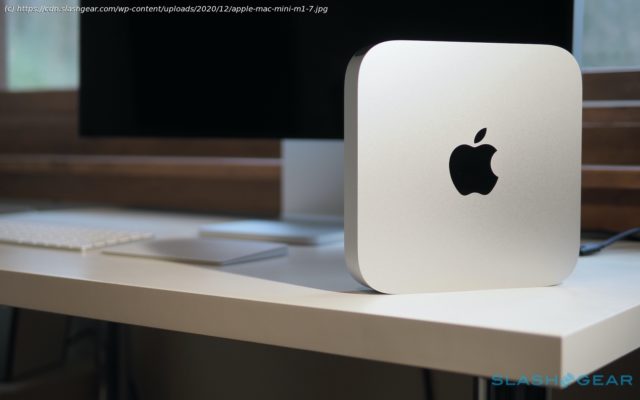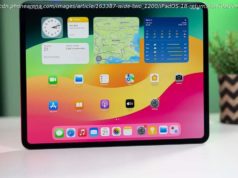Of all the reasons to be excited by Apple Silicon, its potential to put high-end performance in more affordable computers like the Mac mini M1 could be the
Of all the reasons to be excited by Apple Silicon, its potential to put high-end performance in more affordable computers like the Mac mini M1 could be the biggest. Apple’s diminutive desktop is the cheapest way to get your hands on a new Mac and, while there may be some compromises to accommodate, it’s arguably the most impressive way to experience the new M1 chipset so far. As with the MacBook Air M1 and MacBook Pro 13 M1, Apple didn’t stray too far from what was familiar for the industrial design of this Apple Silicon-flavored Mac mini. Indeed, side by side with the Intel-based version, the giveaway is the color: silver for the M1, space gray for the Core i5. Inside, there’s 8GB or 16GB of memory, and between 256GB and 2TB of SSD storage. This particular version of the Apple M1 has an 8-core CPU – with four performance cores and four efficiency cores – along with an 8-core GPU, and the 16-core Neural Engine. Connectivity is more full-featured than on any of the other M1-based Macs. There are two Thunderbolt 3/USB 4 ports, two USB-A ports, an HDMI 2.0 port, gigabit ethernet, and a 3.5mm headphone jack. WiFi 6 802.11ax and Bluetooth 5.0 are standard, too. Pricing kicks off at $699 for an 8GB model with 256GB of storage. Doubling the memory is another $200, as is doubling storage. Maxed out, with 2TB of SSD to play with, you’re looking at $1,699. While no RAM option bigger than 16GB has given many would-be M1 adopters pause, Apple’s unified memory approach bears revisiting. Rather than separate RAM chips, the Mac mini’s memory is physically integrated into the M1 itself. There, it can be accessed simultaneously by all parts of the SoC, whether the CPU, GPU, or Neural Engine. One big upshot there is speed: if the GPU wants to work on something that the CPU is processing, it can address it in the same memory pool rather than having to make a copy to its own memory first. Another is flexibility. Now, you can of course still run out of memory with particularly demanding workloads – at which point macOS Big Sur starts using the SSD as overflow – but my experience has been that it happens a lot less frequently than with an Intel-based Mac.






